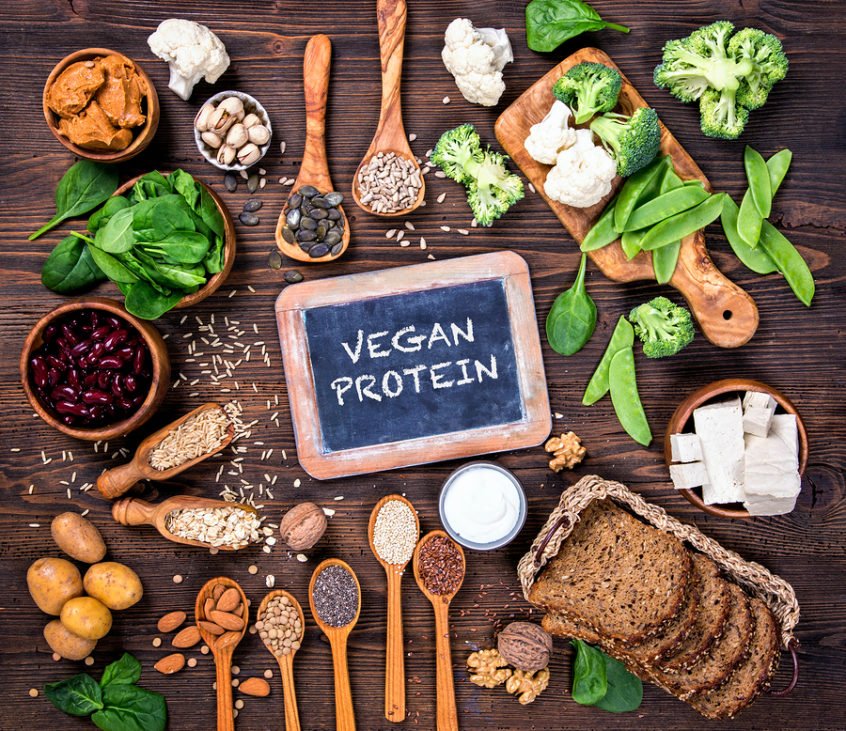Monthly themes around food get me a little excited. September was National Fruit and Vegetable Month. October 1 is National Vegetarian Day and November 1 is National Vegan Day. I’m always a fan of increasing peoples’ awareness around increasing their consumption of plants, but I’m neither vegetarian or vegan. I like to eat meat on occasion, but I am a fan of plant-based eating.
Vegan and/or vegetarian eaters all have their unique reasons for following that way of eating. Some can’t fathom the thought of inhumane treatment of animals. Others follow vegan/vegetarian guidelines for environmental purposes. Still others do it for health reasons, or simply for taste preferences. Are their reasons valid? Certainly.
Vegan eating is more humane. It is the strictest of all the types of vegetarian eating in that it excludes all animal products including honey for some. Not all animals are raised in poor conditions, but many are crowded into lots or cages and fed industrial byproduct feeds.
Vegan eating is more environmentally sustainable. Animals are very inefficient at converting the food they eat to protein. An animal eats a lot more plant foods than a human would for the equivalent amount of calorie intake. That means a lot more land and feed crop production is needed to feed the animals that feed the people rather than just growing plants that directly feed the people.
Vegan eating is healthier. In looking at various populations around the globe, the groups of people with the least amount of heart disease, diabetes, and cancer are those groups that eat plants exclusively, or at least the majority of the time. Statistically, vegetarian populations are healthier than the average American diet eater, and vegan populations are healthier than vegetarian eaters.
Making the transition to a more plant-based diet will take some deliberate effort. You might have to create a calendar and set goals for reaching a specific number of servings of plant foods from each of the various categories: fruits, vegetables, nuts and seeds, legumes, and grains. Start with a reachable goal of 1 or 2 servings of each and work your way to more until it becomes habit that you are eating mostly plants along with a few bites of meat a few times each week.
Here are some ideas for increasing plant intake in your diet:
- Eat vegetables at breakfast
- Embrace Meatless Mondays
- Shop for plants first when grocery shopping
- Prepare meals where meat is the side dish and vegetables are the main dish
- Keep a plant-based pantry
- Try one new vegan or vegetarian recipe each week
For tips on healthful vegan/vegetarian eating, contact Kari Collett, RDN, LDN, CLT.

